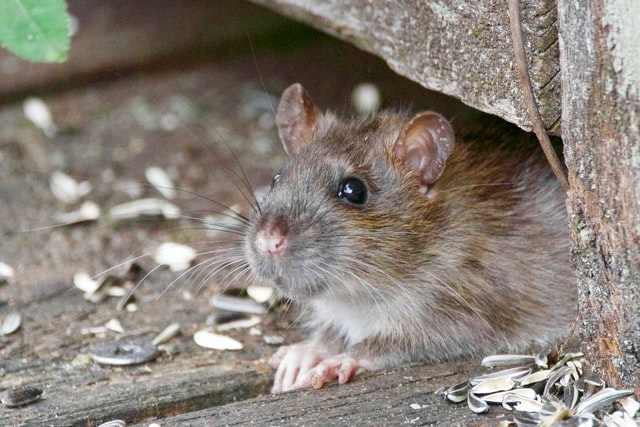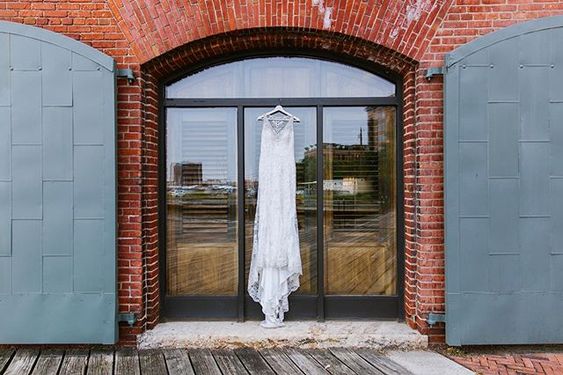If you have a hot water radiator in your home, there’s a good chance you’ll need to bleed it at some point. This simple process can be done by any homeowner with just a few tools.
However, there are a lot of things that can go wrong, including accidental burns or damage to the radiator, so it’s important to take proper safety precautions. Thus, it’s recommended to consult a local professional such as this London plumber to handle it for you.
In this article, we will explain the reasons why you need to bleed your hot water radiator, as well as the necessary steps to do it right.
Why Do You Need to Bleed Your Radiator?
Bleeding your radiator is a simple and effective way to get your heating system running efficiently again. It helps to reduce hot spots and minimizes the amount of energy used as it ensures that all radiators are receiving hot water evenly throughout the home. But why do you need to bleed your radiator at all? Let’s take a look at some of the main reasons.
Stop Air Lock
Air locks can occur in radiators and pipes, which can cause the system to become inefficient or even malfunction permanently if not dealt with correctly. The solution is simple. By bleeding your radiators correctly, you can remove any air that has built up in them. This allows them to heat up faster and more efficiently while also avoiding any damage that may have been caused by an air lock.
Maximize Heat Output
As alluded to before, bleeding your radiators helps maximize the heat output from each one. This means that all the rooms in the house will be heated evenly, leading to better overall energy efficiency and lower bills! Plus, since it keeps temperatures more uniform throughout each room, this process can also help make for a more comfortable living environment – especially during those cold winter months!
Sorting Out Cold Spots
When a radiator is functioning incorrectly due to an airlock or another issue, one of its common side effects is cold spots – areas on the radiator which are much cooler than other parts. To avoid having these unsightly marks on your walls – as well as uneven temperatures in different parts of your home – regularly bleeding each radiator should ensure they run smoothly.
How To Bleed Your Hot Water Radiator
If you want to make sure that your hot water radiator is working at its best, then it is important to learn how to bleed it regularly. Here’s how to get started:
Step 1: Preparation
Before you begin trying to bleed the hot water radiator, there are a few things that need to be done in preparation. First of all, turn off the thermostat and ensure that the boiler is turned off as well. This will prevent any burns from hot water or steam when attempting to open the valve on the side of the radiator. You should also have a cloth ready to catch any drips from when you open up the valve.
Step 2: Locating The Bleeder Valve
The bleeder valve looks like a small screw on the side of the radiator. It typically has an arrow pointing towards it which indicates which direction you should turn it in order to open it up. Before turning this valve however, make sure that there is no pressure inside by slightly opening it with a flathead screwdriver (don’t remove any screws). When you feel air coming out of the valve then you know that there’s no pressure present.
Step 3: Opening & Closing The Valve
Once all preparations are complete, then you can begin opening up the bleeder valve fully with either a pair of pliers or an adjustable wrench. You should hear some hissing as air is released from inside. Afterwards, start closing off the valve until there’s no more air coming out and just water remains – usually around ¼ turn will do. Remember not to overtighten as this could damage both your pipes and valves alike! Lastly, check for any leaks around where you’ve tightened down before wiping away any moisture from around them – voila!
Step 4: Finishing Up
Once everything has been completed successfully and without issue then turn back on both your boiler and thermostat. This way they can return back into operation – now enjoy warm radiators once again!
The Takeaway
Taking the time to bleed your hot water radiator may seem like a daunting task, but it doesn’t have to be. All you need are a few basic tools and supplies, an hour or two of dedicated effort, and some patience to see the job through. That way, you can enjoy not only a safer home and warm temperatures in every room of your house. You also save on energy costs in the long run by reducing wasted heat. So don’t wait until it’s too late—go ahead and get started on this important process today! And if you find yourself needing more help along the way, don’t hesitate to reach out for professional guidance from an experienced plumber.




